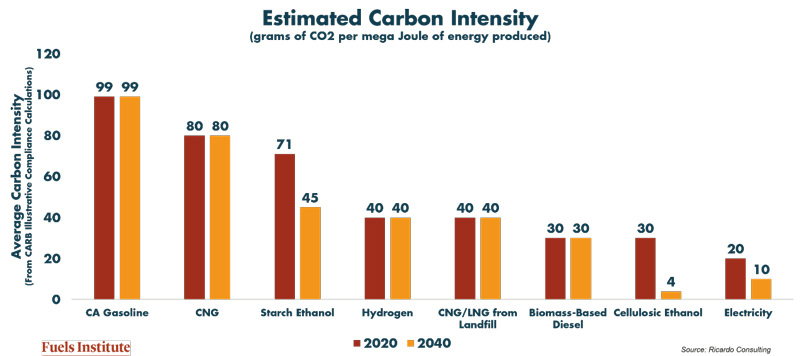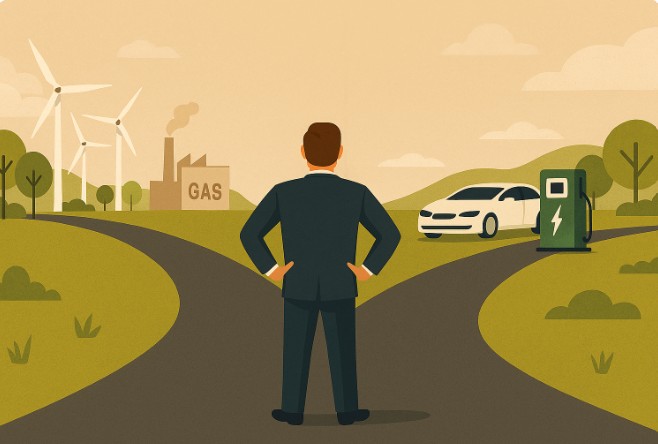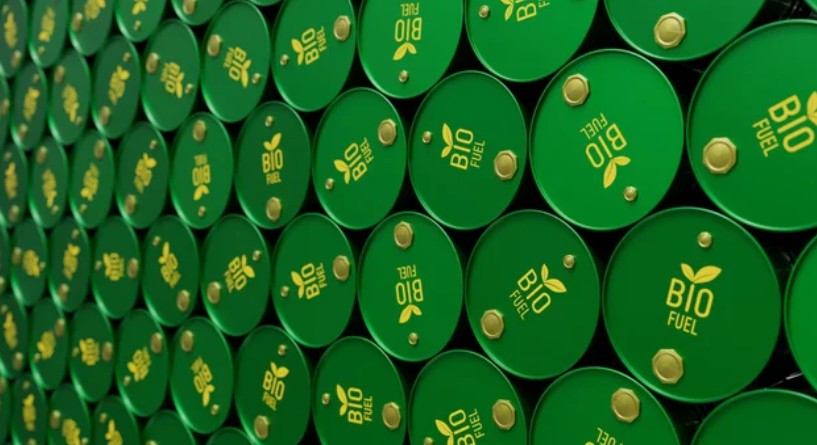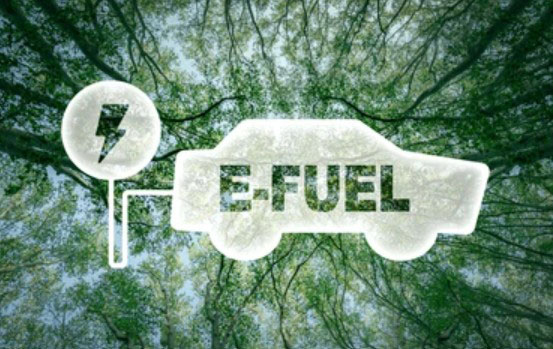March 15, 2021
If the global priority with regards to the transportation sector is to reduce carbon emissions, then putting all our eggs in one basket and waiting for electrification to transform the world is already a failed strategy. With nearly 1.5 billion vehicles in the world, and with more than 90 million new vehicles sold annually (*non-pandemic years, of course), it is impossible to envision a transition to relying on only battery electric vehicles (BEV) any time soon, no matter what governments may try to do with regards to sales requirements. So, what should be done with regards to the existing and continuing combustion engine-liquid fuels market? To find viable solutions – and we certainly can – we have to adopt a broader perspective, be open to options and think about engines and fuels as a system.
Relevant to this topic is our musical feature of the month, Willie Nelson. The song “On the Road Again” plays well with some of the recurring themes found in this column, such as a love for the open road and the overall need for mobility. But the primary importance here is found with Willie himself, a strong advocate for the use of biofuels who even established a brand of biodiesel called “BioWillie.” His support for the fuel was based upon personal experience with its performance, but also his interest in supporting farmers and reducing America’s reliance on foreign oil. Today, biofuels are well positioned to help reduce carbon emissions from the transportation sector. (For readers who might be surprised that I am using a country song this time, please note that my favorite cover of this song is by Me First and the Gimme Gimmes, a punk rock supergroup performing a variety of re-imagined covers.)
On the road again
Like a band of gypsies we go down the highway
We’re the best of friends
Insisting that the world keep turning our way
And our way
Is on the road again
Like a Band of Gypsies, Engines and Fuels Go Down the Highway
There are options to improve the emissions profile and lower the carbon impact of traditional powertrains by evaluating engines and fuels from a systemic perspective. One of the most developed efforts in this context is that involving high compression engines and higher-octane fuel. The Department of Energy’s Co-Optimization of Fuels and Engines initiative has done great work evaluating what might be possible and how fuel enabling more efficient engine design could be produced. (I have been fortunate to serve on the External Advisory Board of this effort for several years and am always blown away by the capabilities of our national laboratory scientists affiliated with this program.)

In addition to what Co-Optima has produced, the Transportation Energy Institute published two reports on octane evaluating its role in engine performance and what it would take to introduce a new high-octane fuel into the market to support advanced engine design. Short story – it would take about 20 years and cost quite bit of money to transition the entire market. But, the idea of maximizing fuel properties to improve the efficiency of engines is the right approach and the results of the Co-Optima research provide some valuable insights into possibilities.
The octane discussion continues and there are opportunities to be exploited. I saw a presentation earlier this year from a company that envisions significantly increasing the premium fuel market to provide automakers with a more cost-effective supply of higher-octane fuels to power more efficient engines. While converting the entire fuel market to something new is out of reach in the near term, adjustments such as this could be more viable.
BioWillie and Friends
We have been blending biofuels into petroleum products for decades and there could be opportunities to leverage that experience to reduce the overall carbon intensity of our fuel, thereby having an immediate impact on carbon emissions from existing and future combustion engine vehicles.
According to the California Air Resources Board (CARB), biofuels already provide a lower carbon footprint than hydrocarbon fuels and are projected to improve over time as energy inputs for producing the fuels becomes greener. Compared with California-specification gasoline, starch ethanol (i.e., produced from corn) is 28% less carbon intense and is projected to reach 55% reduction by 2040. Meanwhile, biomass-based diesel (both biodiesel and renewable diesel) are 70% less carbon intense. These are fuels currently available throughout the market with decades of user experience.

While there are some compatibility issues associated with increasing the use of biofuels, these can be overcome on a shorter time frame than will be required to convert the fleet to BEVs. And, according to a study currently under development by the Transportation Energy Institute (to be released by summer 2021), there are business opportunities associated with the retail of biofuel blends.
The benefits of incorporating more biofuel blends into the market can be enhanced if we apply the systems approach mentioned above. Not all vehicles are manufactured to run on all of the biofuel blends that can be brought to market, but if there was a strategy in place in which new combustion engines were designed to take advantage of the performance properties of biofuels, then new markets could develop.
For example, when previously analyzing the prospects for higher-octane fuels I had suggested that perhaps manufacturers could develop engines that would run effectively on premium but be optimized for greatest efficiency and performance when operating on a higher-than-premium octane fuel (i.e., 98 RON) that could be produced with 20% – 30% ethanol. This could reduce the costs of the fuel and, because it would not be mandatory to switch all fuel, avoid the need for widespread fueling equipment replacement. There are other things that would have to be addressed (i.e., misfuelling mitigation at retail), but if the new engines had options for fueling, they would always have access to appropriate fuel. In such a situation, the main challenge of balancing the costs and benefits associated with providing a higher octane fuel option might not be so daunting.
On the diesel side, both biodiesel and renewable diesel represent significant improvement in carbon intensity yet the volume at which these are blended into the market is far below what the vehicle population could likely consume without any compatibility issues. I am hearing anecdotally that biodiesel blends of 20% and higher are becoming more common – is that a viable path forward in the market? Meanwhile, renewable diesel has made significant strides in production and market development. What are the mechanisms that could allow the market to maximize the use of these products to deliver carbon emissions benefits?
Lessons from the Highwaymen
Willie Nelson was a great solo act, but he also found success by joining with Johnny Cash, Waylon Jennings and Kris Kristopherson to form the Highwaymen – the country music supergroup. In fact, I actually prefer the ensemble group to his solo works. (Similarly, Me First and the Gimme Gimmes combined the Swinging Udders, NoFX and Lagwagon to deliver entertaining mixtures of various song genres.) I think our policymakers can learn a lot from this example of bringing together the best of the best to create an even better – let’s combine the best options available to us to reduce emissions.
I believe the next couple of years represent a unique opportunity to consider the future of federal biofuels policies. The statutory volumetric standards of the Renewable Fuel Standard extend only through 2022, at which point the Environmental Protection Agency will be fully responsible for setting requirements. There are many who believe the program needs to be reconsidered by Congress and some are suggesting that California’s Low Carbon Fuel Standard should be reviewed as a possible model. I have no idea how these discussions will play out, but the data suggests a robust biofuels policy could be a significant contributor to the overall objectives of lowering our carbon emissions.
In the shadow of all the attention being given to electrification, it is my hope that policy discussions will incorporate the many ideas that exist and do not ignore the continue role of the dominant transportation energy source in the world – liquid fuels. We must not rely on one strategy to solve the challenges before us – we must bring the best ideas together. And when we do, we can all get back on the road again to enjoy our favorite soundtracks while exploring all world has to offer.
On the road again
Just can’t wait to get on the road again
The life I love is making music with my friends
And I can’t wait to get on the road again
On the road again
Goin’ places that I’ve never been
Seein’ things that I may never see again
And I can’t wait to get on the road again
(For a cost-effectiveness review of available initiatives, including biofuels and electrification, check out the October 2020 report “Impact of Transportation-related Environmental Initiatives.”)





